The Windows 10 Review: The Old & New Face of Windows
by Brett Howse on August 25, 2015 8:00 AM EST- Posted in
- Operating Systems
- Microsoft
- Windows 10
Return of the Desktop and Start Menu
Windows 10 moves back to the strength of Windows over its lifetime, and the desktop is certainly that. The Start Menu has been a staple of Windows since all the way back in Windows 95. It has evolved over the years, but the layout and functionality was always there. Windows 8 removed the Start Menu and replaced it with a Start Screen, which was great on a tablet but certainly less than ideal on a desktop. It was jarring to move from the desktop to the start screen, and the layout of it was inefficient when accessing it with a mouse or trackpad. Windows 10 brings back the Start Menu, but with some changes.
The hierarchical nature of the Windows 7 start menu, with Start leading to All Programs, then individual folders, and shortcuts inside, has been replaced with a miniature version of the Start Screen from Windows 8, including the live tiles. While this may not please everyone, it is still functionally a lot easier to access than the Start Screen, and most importantly there is not the jarring sensation that Windows 8 had. The live tiles do fit in well though with the new look, and they still offer the extra information that live tiles are known for. The one issue with them is that it can be difficult to find apps when the image changes. This is somewhat exacerbated when you have multiple devices and the live tiles are not in the same location. One of the features that I quite liked in Windows 8 was being able to sync the start screen layout among devices, and for reasons I can’t understand that has been removed from Windows 10.
Accessing all apps is different than Windows 7. Instead of a heirarchical list of folders there is just an alphabetical list of all apps that you can scroll through, but the list can itself contain folders so there can be some organization. You can also click on the letter headers to bring up an alphabet in order to jump to any letter. This is not new to Windows, but it will be new to people moving from Windows 7. Being able to sort applications into folders is obviously nice when you have a lot of apps. One possible solution would be the live folders from Windows Phone, and perhaps they will make their way to Windows 10 at some point. Regardless, on the desktop, the Start Menu functions a lot better than the Start Screen ever did. When you move to a touch mode, the Start Menu switches to a full screen mode for use with touch, and as we will get into in the touch section, evolving the UI to work for the different user interfaces is a lot better solution than trying to make one UI work for both.
There is also one bug with the Start Menu which may affect some users. The Start Menu can only handle around 512 apps, and while that is a pretty large number, it is still going to affect some people so hopefully this can get sorted out quickly. If you do go over the limit, the list is truncated. I have not run into this myself, but be warned if you are a heavy user of software that consists of lots of applications.
If the Start Menu was the only change to the desktop, it may have been enough for Windows 10. Windows 8 and 8.1 brought some nice upgrades to the desktop that were overshadowed by the Start Screen changes. The new task manager, for instance, is much improved over the Windows 7 version. It also brought the ability to natively mount ISO images, file copies were improved, and many other things that were nice benefits to Windows 8. But luckily, Windows 10 goes far beyond just a Start Menu when discussing desktop improvements.
The most obvious change, and perhaps even more welcome than the Start Menu, is Windows Store apps can now run in a window. Most of my frustrations with Windows 8 was how when you double clicked a photo file, the default app was the Windows 8 version of photos and it would take over the entire display. Like the Start Screen, it was a jarring experience, and when you are on the desktop this is just a poor UI decision. With Windows 10, when running in non-tablet mode, apps like photos now correctly open in a window which can be resized and moved around. In Windows 8, the tablet mode was forced upon all, and although you could change what the default apps were and avoid that interface to some extent, it was the default. With Windows 10, rather than force the tablet apps upon users, the tablet apps themselves can now morph from windowed mode to tablet mode, which is a much better solution.
One feature that started its life in Windows 7 was Aero Snap, which let you position and resize windows by dragging them to the sides to split the screen, or to the top to expand the window to full screen. Windows 10 improves on that with Snap Assist. When you use Snap to split a window to half the display, Snap Assist will display a list of other windows that are open so you can easily pick the one you wanted in the other half of the display. Generally when you snap a window to the side, you want to snap another window to the other side, so this makes a lot of sense, but you can also hit escape to close Snap Assist or just click on the desktop to close it. Snap Assist is one of those features that you get used to really quickly, and moving back to a device that doesn’t have it feels like a step back.
One other perk of the new snapping features is that if you resize a window on the side to a value other than 50%, when you snap another window to the other side it will automatically fill whatever space is left. It’s a small change but once again another nice change that is welcome, especially when you consider how Windows 8 took a step back when it came to window management because none of the new apps could be run in a window. The changes introduced in Windows 10 have more than rectified this, and Windows 10 is a nice step ahead of Windows 7 in this regard.
If you really have a lot of windows that you like to manage, you may be a fan of a long requested feature coming in the latest version of Windows. Virtual Desktops are now in. This has long been a feature of other operating systems, and you could always add it to Windows with an add-in, but it is now a native feature. I discussed this in our Windows 10 first impressions post, and that was very early on in Windows 10’s development cycle. Some changes have been made to how they operate which I find make the experience a lot better. By default, apps open on another virtual desktop no longer show on the current desktop’s taskbar. I think this makes a lot more sense, since if the point is to have lots of windows open, but separate, I would not want my taskbar packed full. Alt-Tab now, by default, only shows apps that are open on the current desktop, which once again helps to separate them and make them their own workspace. But if you would prefer to change these defaults, there are options in settings to allow you to choose virtual desktop behaviour.


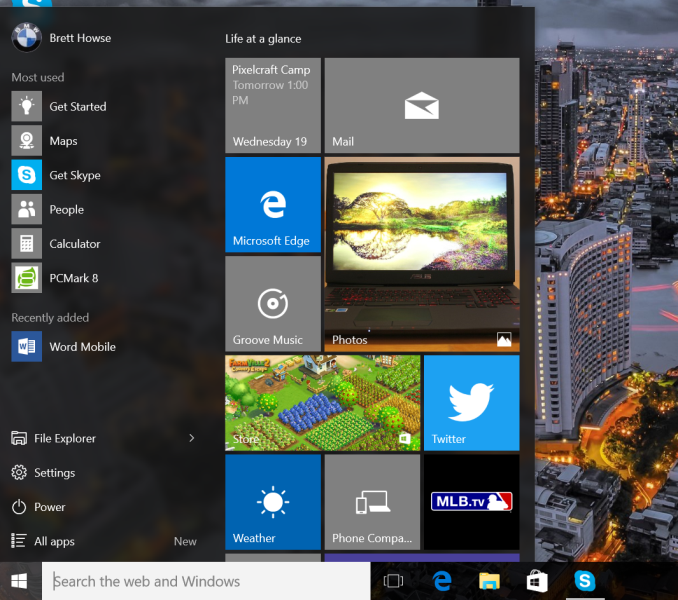
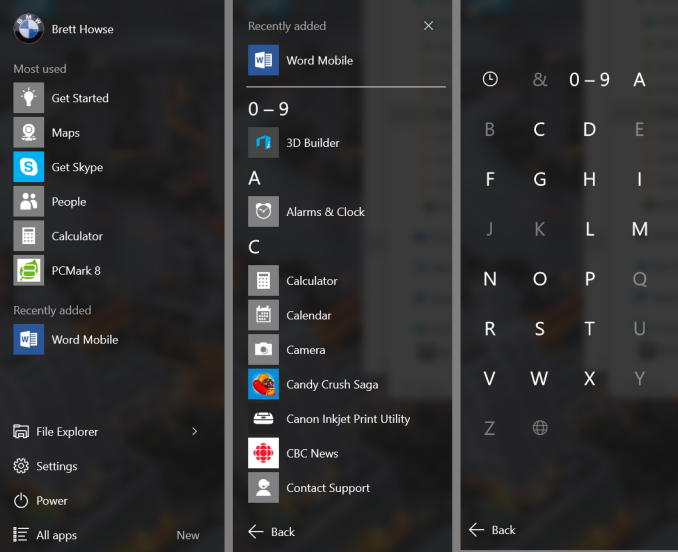
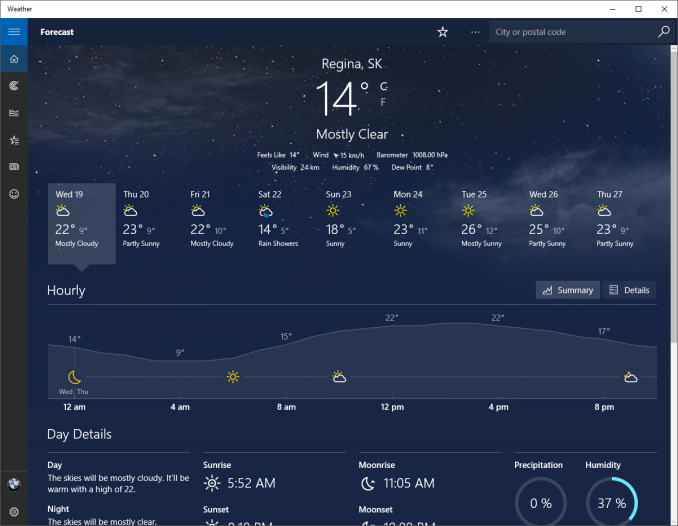
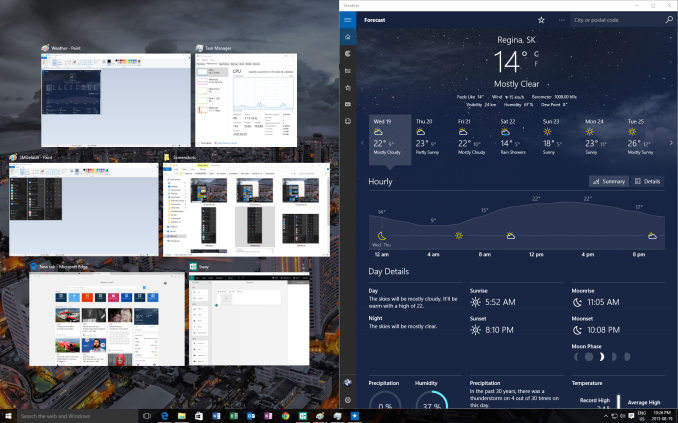
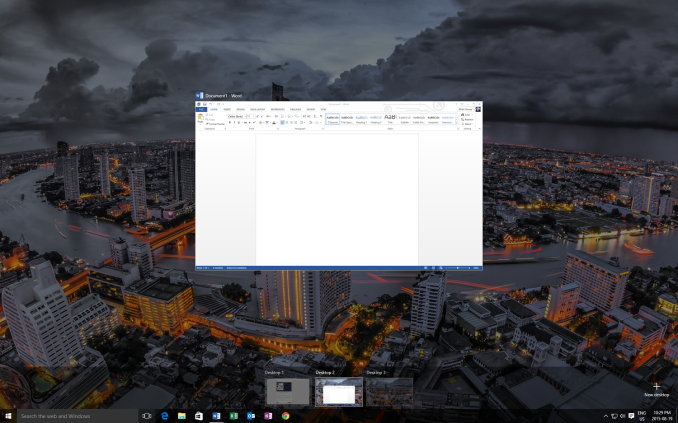








293 Comments
View All Comments
Notmyusualid - Saturday, August 29, 2015 - link
I don't get it - who, or what org would pay ME? For exposing Windows privacy failures? Who would pay for that? Why?postwarscars - Saturday, September 5, 2015 - link
Any competing entity? The point of advertisement isn't simply to sell something to someone, but also to dissuade the use of a similar product. Subversion in this space is not uncommon, so really the question should be why WOULDN'T they pay you to speak negatively of a product?Besides, weren't you worried about how much these companies supposedly think of you? How much they're interested in YOUR data. YOUR tendencies? YOUR life? If they care about your privacy, or any other random person's information, they would certainly care about your business as well.
You know how you can't take someone at face value because you believe they're marketing to you? It's the same here, how do we know you aren't lying to us either?
Perspective.
Alexey291 - Wednesday, August 26, 2015 - link
The sad thing (sad for ms not for me, I really couldn't give a shit about Windows anymore, it's there to launch games/steam and occasionally office) is that all these little changes all these small adjustments all these features like cortana all come with what is essentially mistrust from the users.Because both Windows and Microsoft are at this point such toxic brands that whatever they do whatever they add will be hated (saying it lightly here) by a fairly large amount of people.
I'm not going to upgrade because frankly there's no point doing so for me. Nothing I do in Windows will change because of 7 to 10 transition.
chrome_slinky - Wednesday, August 26, 2015 - link
Used it as an Insider from February to 3 days after launch. I could stand the irk no more. Windows 10 is just warmed over 8, with more hubris, and more intrusion. Oh, and fewer places where a right click works as it did in Windows 7 and below.It has been easy to spot the appearance of paid trolls in all the usual places, along with journalists who usually approach things fairly, gushing over the crap that is Windows Last - one can only assume they have gotten their checks from Redmond.
Dribble - Tuesday, August 25, 2015 - link
Think they should have held off showing that "update to windows 10" box for a few months on windows 7 until they got the update process working better. Windows 7 machines are considerably older then windows 8 ones and you get all sorts of funny spec's some of which don't work.If they'd hidden the update the tech savy enthusiasts would have done it, found most of the problems and stuck solutions on the web somewhere or microsoft would have fixed them. As it is lots of relatively clueless people see the box and click on it to update, and it then breaks their machine. My father in law being a case in point, he phoned me up complaining that the update had made all his files read only and he had spent many hours on the phone to windows support (mostly waiting for someone to do something) and that hadn't fixed it.
I (more sensibly) haven't updated to windows 10 yet, so I couldn't really help him.
chrome_slinky - Wednesday, August 26, 2015 - link
My experience has been that updates go fine, if you're not an idiot, and have adequate disk space, even with much older hardware. The problem is all the irk you find after the upgrade has completed.ScottSoapbox - Tuesday, August 25, 2015 - link
Windows 10 launched unfinished, but is rapidly getting updates. How long until windows as a service gets mostly feature complete / stable?I want to upgrade but avoid the early adopter headaches as I just too time starved. Thoughts?
jardows2 - Tuesday, August 25, 2015 - link
I upgraded on day 2. Didn't have time to do it on day 1. No, I emphasize absolutely no headaches in my upgrade process or usage to this point. YMMV.chrome_slinky - Wednesday, August 26, 2015 - link
Perhaps in a couple of years. And that is ONLY if Microsoft loses their "you must have things OUR WAY" stance. Most of us have long since left behind the need for paternalistic companies thinking they know best.jrs77 - Tuesday, August 25, 2015 - link
Windows 10 lags the Windows Classic UI. It also has too many of it's settings hidden away and not readily accesible. And the worst thing ofc is the Windows 10 EULA that allows Microsoft to deactivate any software I'm using at will, let alone them constantly scanning my entire system.No thanks, Windows 10 is total crap.